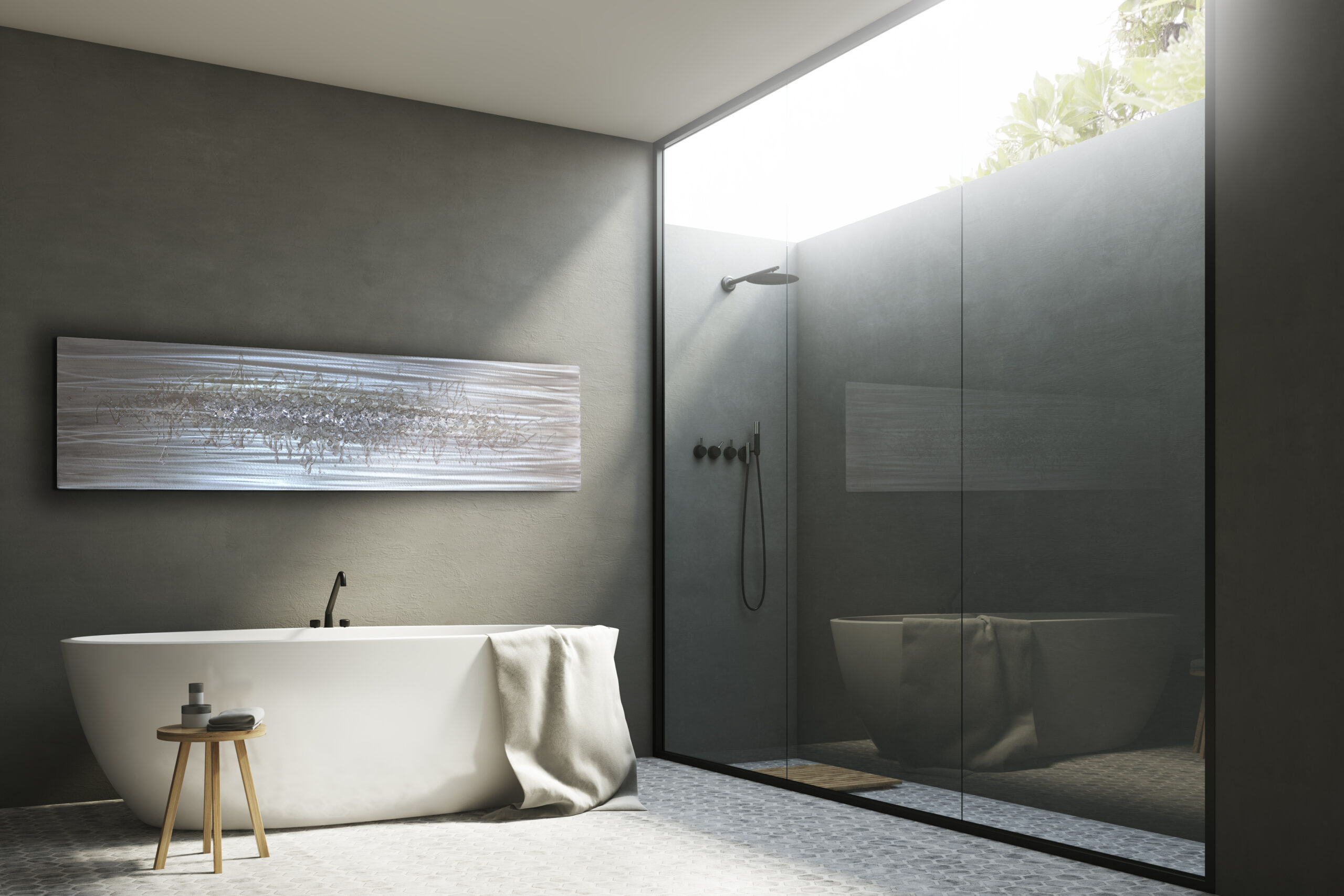We are moving to a new studio and need a little time to get organised before we can resume working on orders.
Any orders already placed will be dispatched on schedule.
If you would like to place an order please come back soon or email for updates, studio@silverwallart.co.uk - thank you for your patience.
